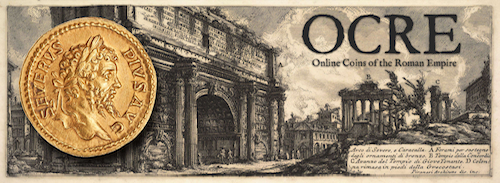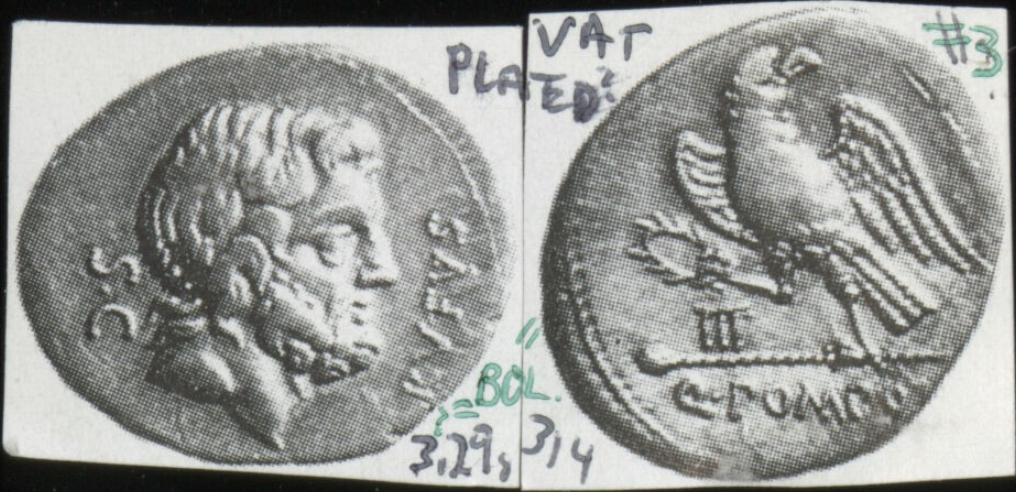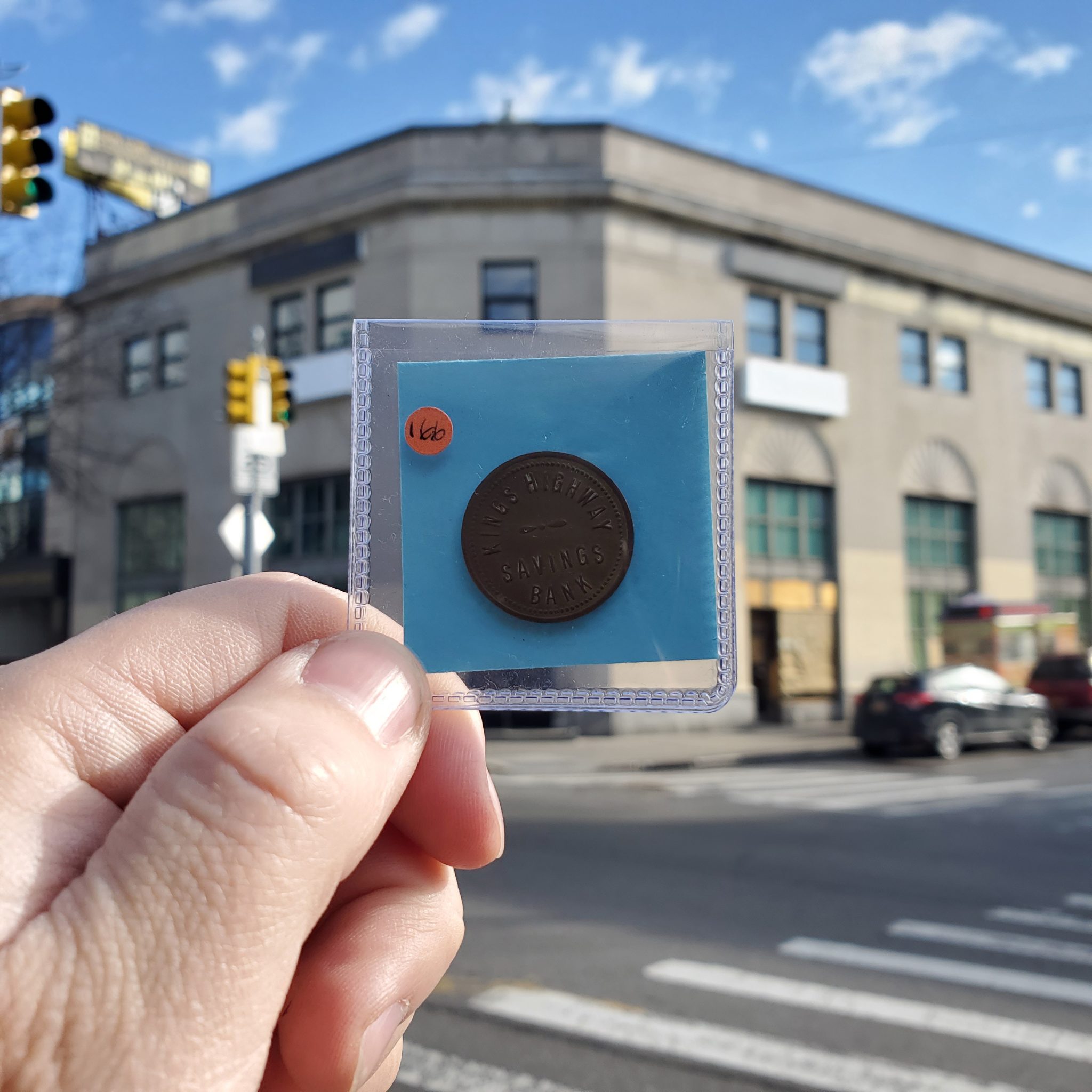Identifying Roman Coins on Micropasts
Micropasts is a web platform that hosts crowd-sourced collaborative research projects focused on archaeology, history, and heritage. The admirable goal of Micropasts is, in their words, to “improve how people traditionally distinguished as academics, professionals and volunteers cooperate with one another.” To this end, the website hosts a variety of projects that allow for contributions from enthusiasts, scholars, and the interested public on a wide variety of different topics. It is jointly run by the UCL Institute of Archaeology and the British Museum with support by the UK Arts and Humanities Research Council.
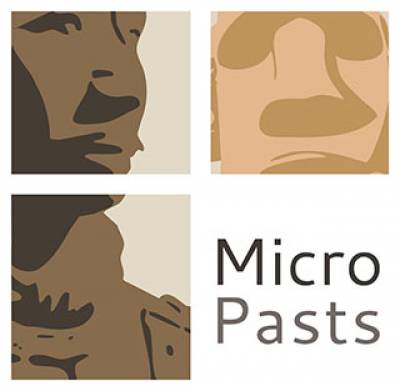
A relatively straightforward example of how the website works is a project that seeks to transcribe diaries kept by the noted Egyptian archaeologist, Sir Flinders Petrie. The project page includes a tutorial on how to contribute, which can involve either transcribing material directly from the scanned document, or reviewing the work of others to ensure its accuracy. A somewhat more complicated project is one by the British Museum that involves photo-masking medieval Pilgrim badges to create 3D models of the artifacts. All of the projects use the same simple interface which makes it easy to understand how you can help out, and there is a useful ‘Statistics’ tab for each that traces how the overall project is progressing.
There are a wide variety of different and salutary projects that users can contribute to, but we mention here because of a recently-launched numismatic one called the Roman Imperial Coin concordance.
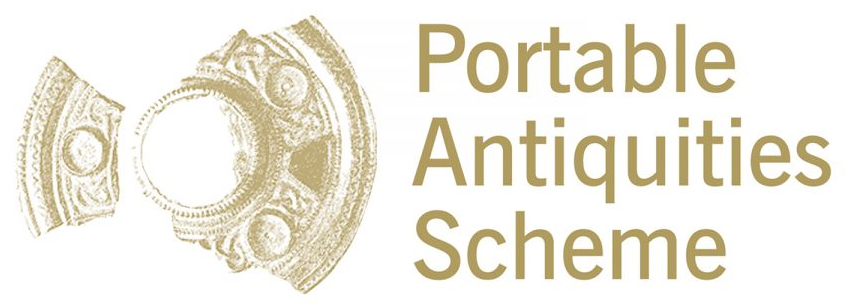
This project was formulated by Daniel Pett of the British Museum and Ethan Gruber of the ANS to facilitate the addition of Roman coins catalogued in the Portable Antiquities Scheme (PAS) to the NEH-sponsored ANS database Online Coins of the Roman Empire (OCRE). The tutorial explains just how the process works, but the essential task is for users to try and identify more precisely what the RIC (Roman Imperial Coinage) number for a given coin drawn from the PAS database is. If and when a more precise identification of the RIC number is made and confirmed, it can then be integrated into the larger OCRE database. The PAS, which is a voluntary program that records small archaeological finds by the public in the UK, presently has over 200,000 Roman coins in its database so it is a potentially rich resource for additional coins and data for OCRE.

Portable Antiquities Scheme
Of course, objects like the denarius above can only be integrated into OCRE when they have been properly identified so if you have time to lend a hand, head over to the project website!


